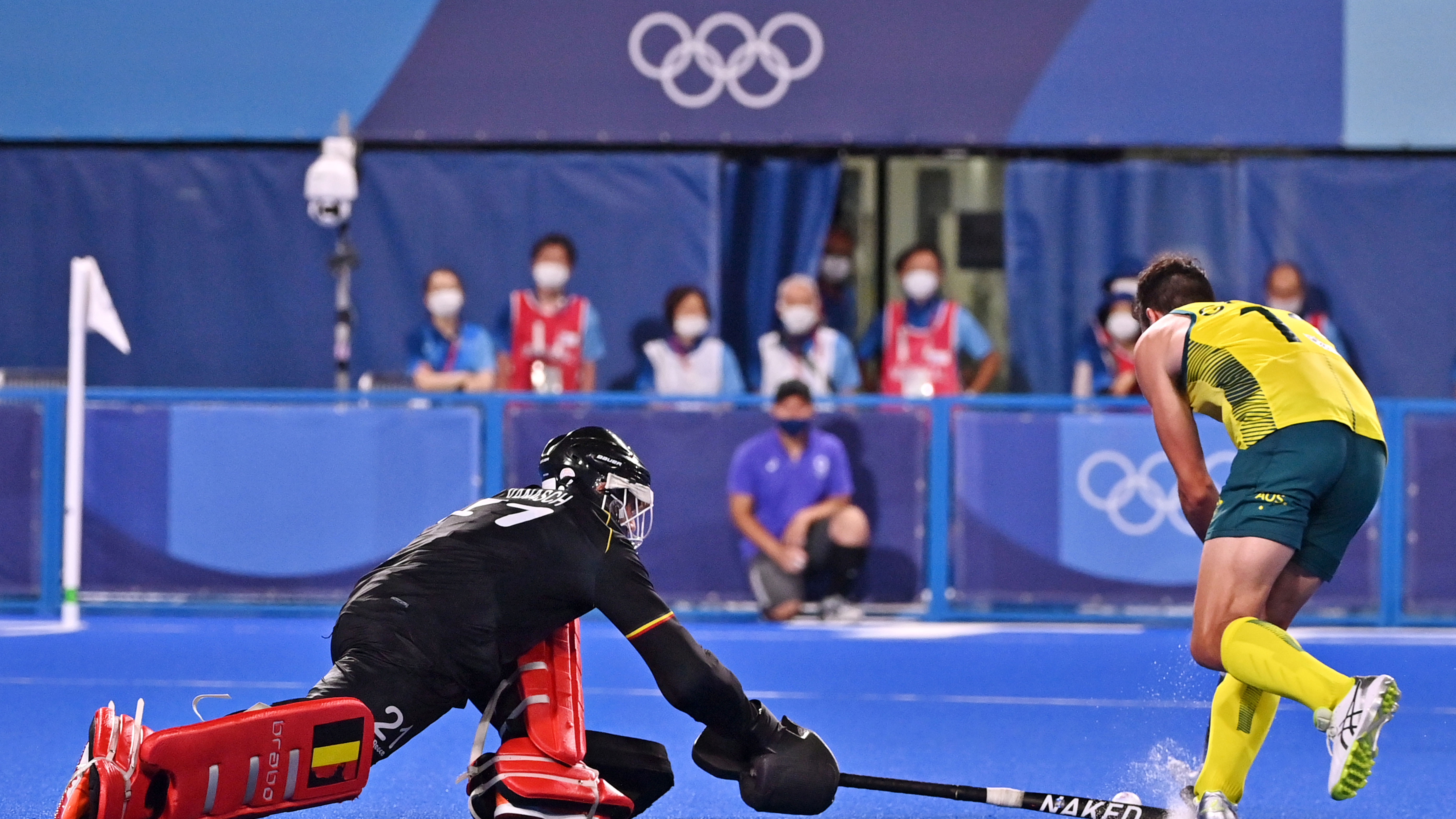The Olympics bring the world's best athletes together, including those who are hunched over throughout their competitions.
Field hockey was first introduced as an Olympic sport in 1908, and it has undergone plenty of changes over the last century. Still, one part of that remains is the sport's famously short sticks.
Why are field hockey sticks significantly shorter than their ice hockey counterparts? Here's an explanation.
How long are field hockey sticks?
Get top local stories in Connecticut delivered to you every morning. Sign up for NBC Connecticut's News Headlines newsletter.
The International Hockey Federation has established a maximum height of 105 cm (41.34 inches) and weight of 737 grams (1.62 pounds) for field hockey sticks.
Why are field hockey sticks short?
In the high-speed game of field hockey, shorter sticks allow for better ball handling and control.
Compared to ice hockey, where the shape of the puck helps it stay flat on the ice, a field hockey ball can bounce a lot more on the field of play.
An offensive player in field hockey might want a shorter stick for improved accuracy and control, while a midfield or defensive player might choose a longer one for improved power and reach.
Parts of a field hockey stick
There are three components to a field hockey stick.
The head, also known as the grip, is the part the players hold. Players cover the head with tape for better grip.
The middle and thickest portion of the stick is called the splice. It runs from the handle to the head.
The head is the hook-shaped end of the stick and the part that players use to hit the ball.
Can you hit the ball with either side of a field hockey stick?
Field hockey players are only allowed to hit the ball with the flat end of their sticks.




